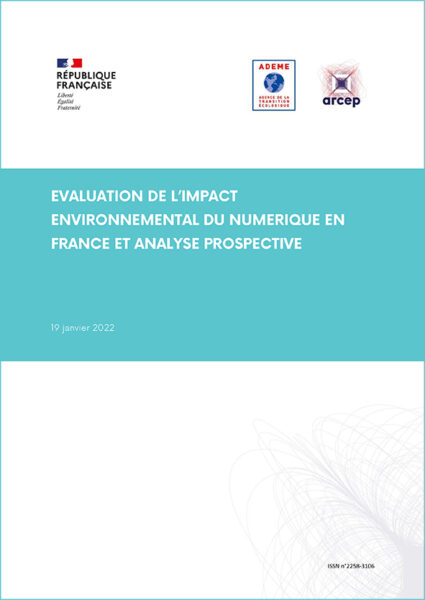The concept of the ecological footprint has become well known as a composite indicator that is supposed to inform us about the space that human beings occupy in order to produce the resources they consume and the waste they create; this is then set against the ecological capacity of the Earth (its biocapacity), and hence one can work out the environmental income that humanity has at its disposal. When the ecological footprint exceeds the biodiversity it means that the planet is in danger. The success of this indicator, which was developed by the Global Footprint Network (GFN), undoubtedly lies in the sensational conclusions that emerge from the calculations: for instance, if the North American lifestyle were to spread around the world, that alone would require the resources of five Earths…
It is therefore very important to understand how this indicator was developed, how reliable it is and what lessons can be drawn from it in the light of designing a policy of sustainable development. Such is the primary aim of this article, which explains the philosophy behind the indicator, shows how it is designed and how the calculations are worked out.
But the authors do not stop there. They discuss various dead-ends that GFN reached deliberately, and the criticisms already made of the indicator, which – precisely because of its composite nature – aggregates disparate data and the proceeds to make calculations involving somewhat risky weightings. The resulting conclusions are then open to challenge, for example when it is suggested that some countries should cut down their forests in order to increase the area for growing crops, whereas the increase of built-up areas (which also encroach on land under cultivation) is not questioned at all.
Over and above these reservations, the authors make further and more detailed criticisms of the ecological footprint. They stress, for instance, that the carbon footprint accounts for half of the total footprint, and if the latter were calculated relying only on physical quantities rather than using an artefact (the global hectare), the calculation would probably be more robust and yet the conclusions would be no less worrying, since the result would show that the spread of the North American lifestyle to the whole world would require eleven Earths, not five.
Even if this article does not always make for easy reading, it is an absolute must because the authors highlight certain very important problems that nobody should ignore.
How Reliable an Indicator Is the Ecological Footprint?
Cet article fait partie de la revue Futuribles n° 334, oct. 2007


